Have you ever noticed that some years your backyard is absolutely covered with acorns, while other years, you just see an acorn or two on the ground? Or perhaps some years your ornamental bushes are coated in berries, while other years the branches look quite bare?
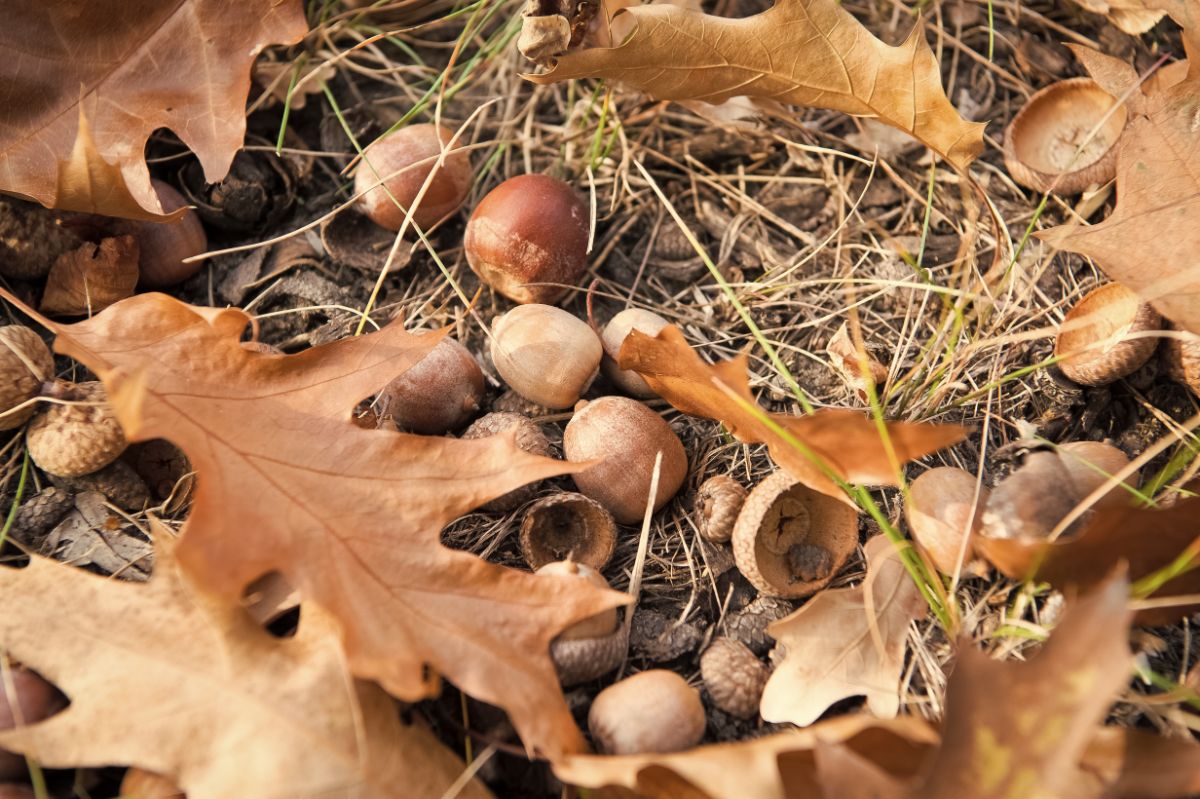
This boom and bust cycle of nut and fruit production occurs as a result of plants’ “mast years.” In this article, we’ll explore what mast years are, but also what they mean for local wildlife. We’ll also provide some tips on how you can help wildlife during “lean years” when natural food sources are less plentiful.
Jump to:
What are mast years, and what do they mean for wildlife?
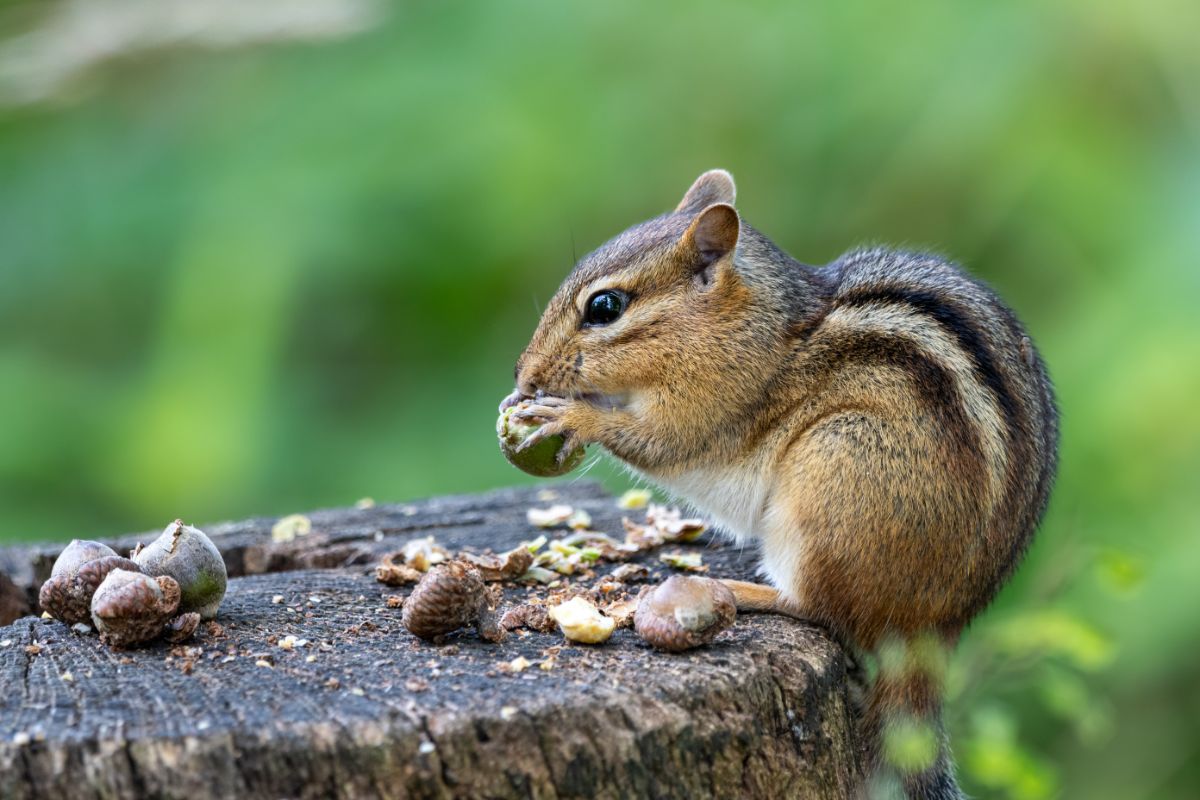
Mast refers to the fruit of the forest, such as acorns and other nuts, seeds, and berries. Approximately every 2 to 7 years, a mast year occurs in which trees produce an overabundance of nuts and berries. When this happens, you may find your yard flooded with acorns or your ornamental bushes bursting with bright red berries.
Why and how mast years occur is still a matter of debate, but most scientists believe that mast years are used by trees as a survival and reproductive strategy. In a normal year, an average acorn has very little chance of survival as there are so many chipmunks, squirrels, and other predators ready to devour any nut as soon as it ripens. By producing lots of fruit all at once during mast years, trees and other plants overwhelm nearby predator populations, producing way more nuts than animals can eat and increasing the likelihood that some seeds will mature into seedlings.
One of the intriguing things about mast years is that trees of various species in a single region are able to coordinate their masting together. Some scientists believe this is triggered by particular weather patterns, such as a warm, dry spring and the absence of a late frost. Other scientists have found evidence that plants are able to coordinate masting via chemical signals that they send to each other through their network of roots.
Regardless of how masting occurs, it is an effective strategy employed by trees to maintain their populations. However, this boom and bust cycle has some very real consequences for local wildlife, like birds, squirrels, chipmunks, deer, and bear.
Masting uses up a lot of a tree’s energy, water, and starches, so a “lean” year usually occurs the year after a mast year to allow trees to recover. During lean years, there are significantly fewer nuts and berries available, which can cause wildlife populations to plummet. If you have a backyard bird feeder or two, keeping your feeders topped off with seeds and berries is even more important during lean years.
In many areas the globe over, 2021 was a mast year, which means that this winter will be a lean year. If you live in an area experiencing a lean winter, follow the steps below to prep your garden and help out wildlife during the cold months ahead.
How to prepare for a lean year
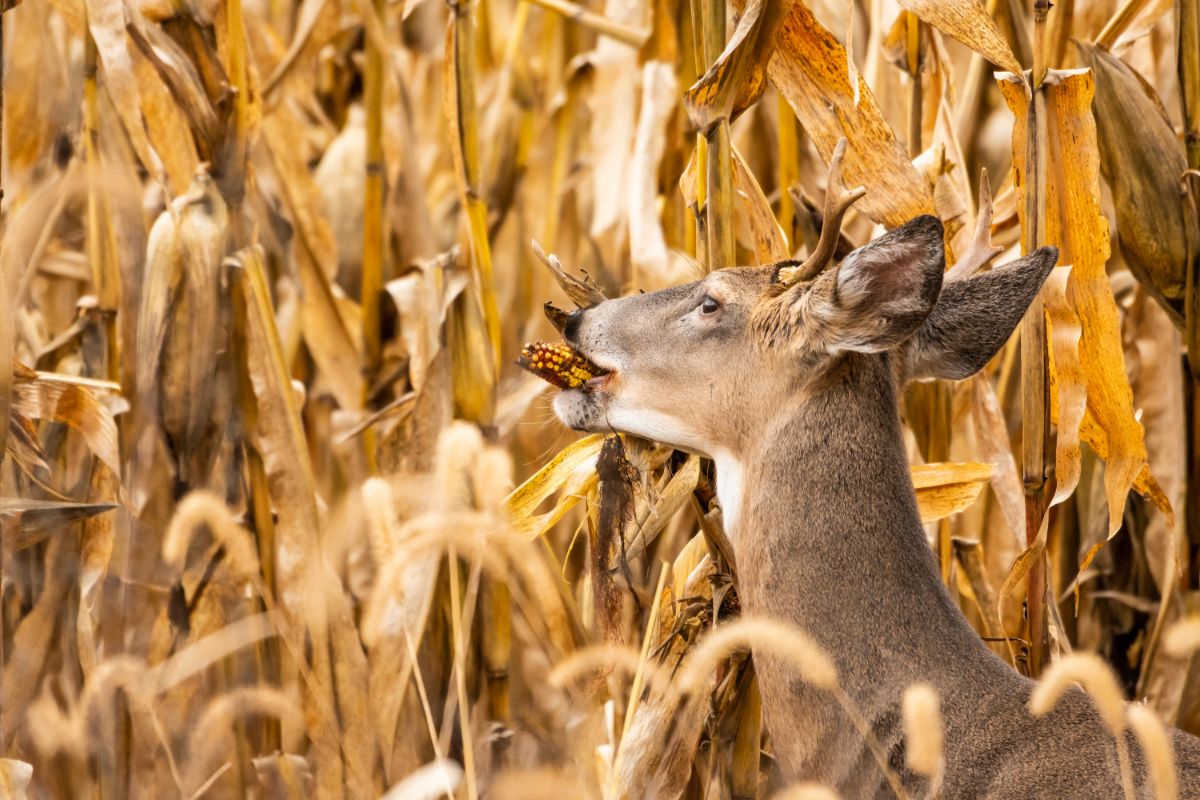
After the abundance of a mast year, wildlife populations often increase; however, this can put added stress on wild birds, chipmunks, and other creatures when trees produce less fruit during the next lean year. While it is always helpful to provide food for wildlife during the winter, it’s even more essential to do so during lean years as less fruit and nuts will be naturally available. Providing extra food during lean years can also help prevent hungry wildlife in search of food from foraging in your garden and ornamental plants.
Put out bird feeders
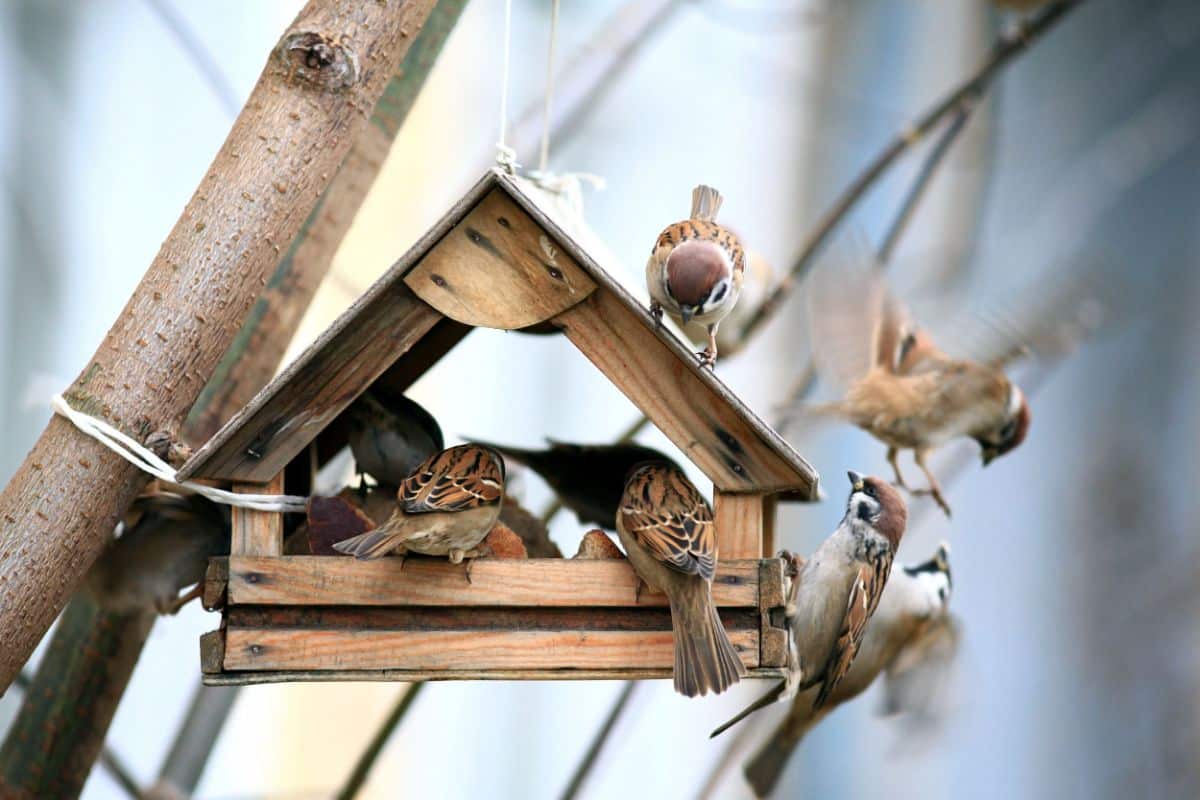
You may have already planted a winter bird garden with an abundance of bushes and trees that produce winter berries. However, like oaks, walnuts, and other fruit and nut-bearing trees, many ornamental plants may produce fewer nuts and berries during lean years. So, it’s always a good idea to put out a bird feeder or two!
Bird feeders come in all shapes and sizes, from small window-mounted feeders for easy viewing to hanging tray feeders that will hold an assortment of wild bird foods. What feeders you choose is up to you, but a classic cedar bird feeder combined with a thistle feeder for birds like finches is a classic pairing that works well for most outdoor spaces.
If there are a lot of squirrels and chipmunks in your area, you may want to add a dedicated squirrel feeder, which includes space for larger nuts and corn. Squirrel feeders also come in lots of unique designs, like this adorable picnic table setup.
Adding a platform feeder for ground-dwelling birds, like doves, can help too. And suet feeders are often preferred by nuthatches and woodpeckers.
Of course, don’t forget to put out a heated bird bath, so wildlife has access to fresh water all winter long as well!
Add a variety of seeds
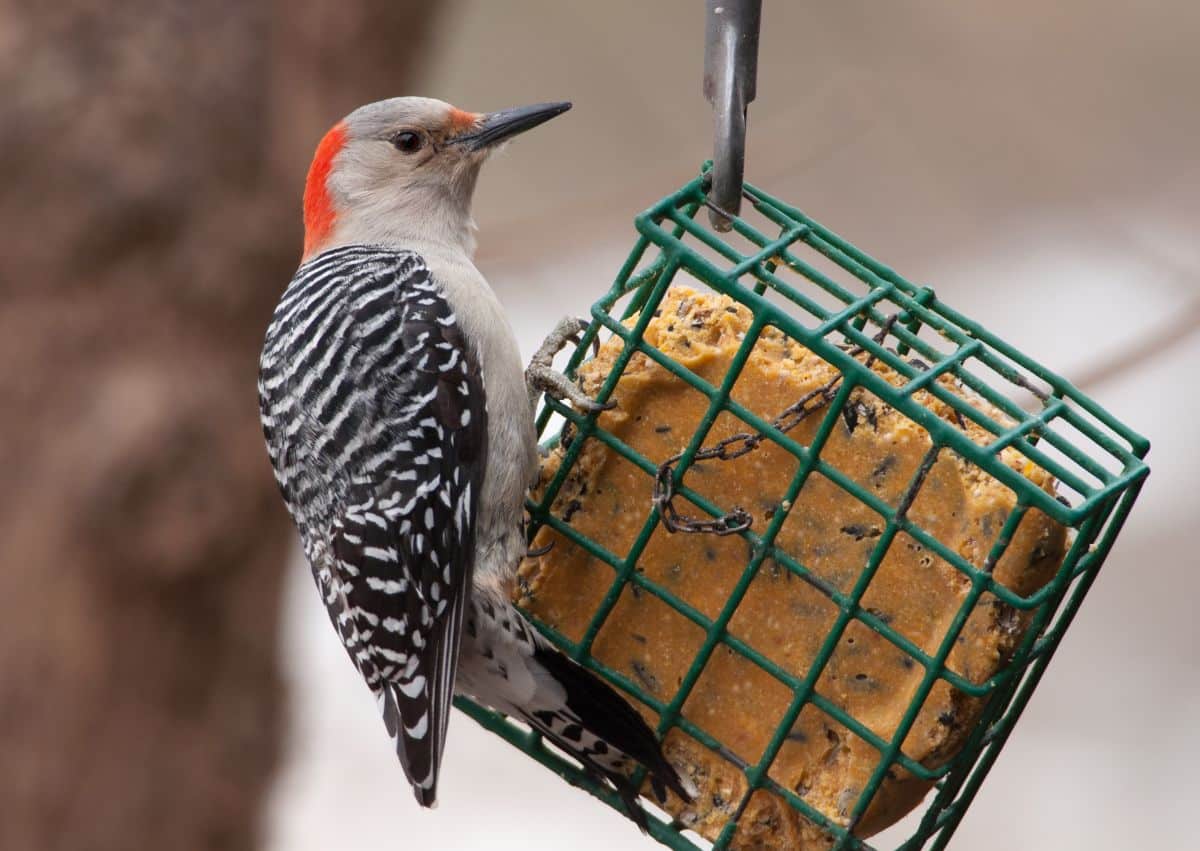
Different birds prefer different types of food, so putting out a range of seeds, nuts, and fruit can help maximize the use of your feeders. This will also ensure that no matter which creatures visit your feeders, they’ll be certain to find something tasty to eat.
If you just have a single feeder, a wildlife feed mix is usually a good option, while many different wild bird species love black oil sunflower seeds. However, if you have the space for more feeders, try out some more unique bird feed types, such as:
- Safflower seeds. A less commonly used seed type, safflower seeds are irresistible to cardinals and grosbeaks.
- Nyjer or thistle seeds. Thistle seeds are popular with siskins, finches, and other small birds. Due to their small size, thistle seeds work best when used with an appropriate feeder.
- Corn -- cracked and whole. Squirrels and chipmunks love munching on whole corn, while pheasants and quail are attracted to cracked corn.
- Mealworms. Available both live and dried, adding mealworms to your bird feeders is a sure way to lure in bluebirds.
- Millet. A favorite food source for ground-dwelling birds, like quail and doves, millet is available as seeds or as sprays. Sprays look particularly pretty when added to door wreaths or bundled up with a bit of natural twine.
- Peanuts. Blue jays and squirrels won’t be able to resist your feeders if you add some peanuts. Just be sure to pick unsalted peanuts when feeding wildlife.
- Fruit. Fruit, both fresh and dried, can be an excellent substitute for berries during lean years. Look for wild bird mixes with dried fruit, or put out some chopped-up fresh apples or oranges in a small pie plate or plant saucer.
Protect your garden
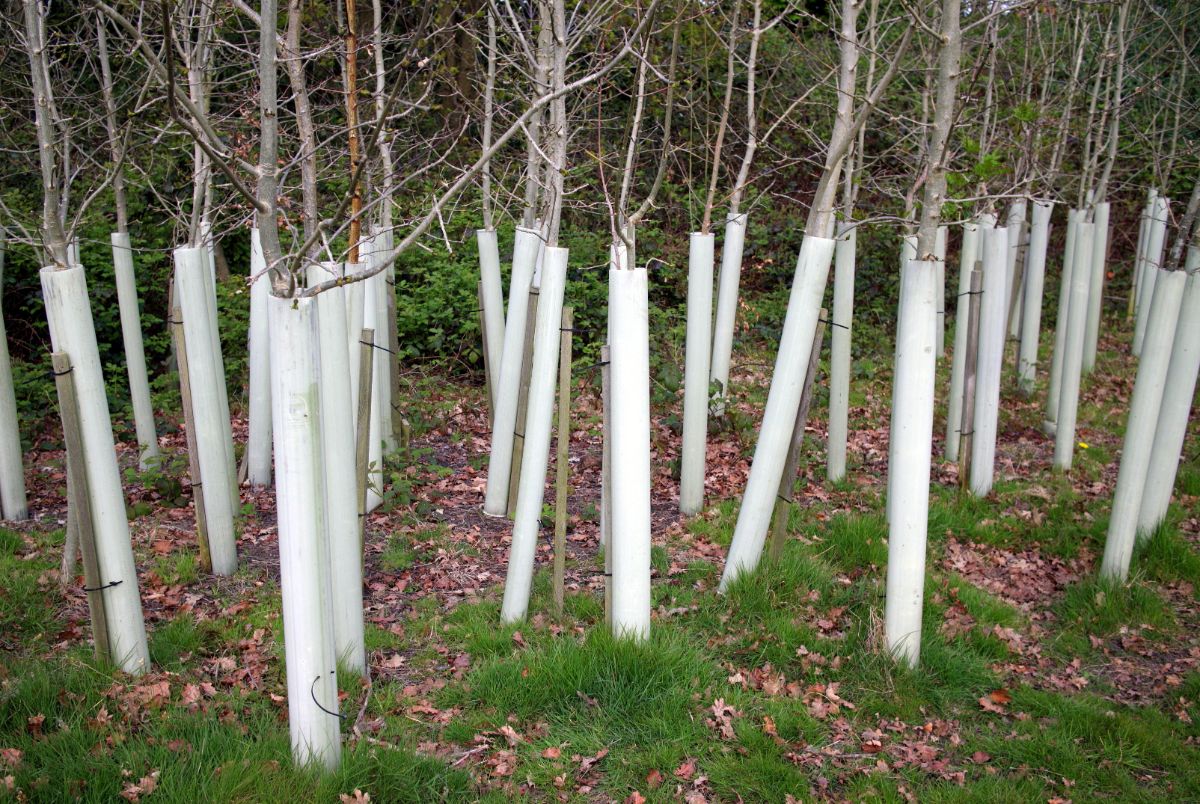
Because natural sources of food may be quite scarce during lean years, animals like deer and bear are more likely to start foraging in backyards and gardens. In their search for food, these animals may cause more damage than usual to small backyard orchards and garden beds. Adding feeders for wildlife can help deter animals from digging up your garden, but you may want to take some added steps to protect your backyard from critter damage.
- Add fencing.
Deer can be very destructive to garden beds, fruit trees, and ornamental plants. If you have plants that are particularly delicate or you just want to double up the protection around your garden, adding fencing can help deter deer and other creatures from causing damage.
Deer are known for their ability to jump, so standard fencing may not be enough to keep deer out. Instead, if you want to deer proof your garden space, consider installing a double fence or opt for taller fencing options that are at least 8’ in height.
- Shield tender saplings.
Deer can be very destructive, especially to young fruit trees and other young saplings. Not only do they munch on branches, but they may also rub against a tree’s bark and girdle the tree causing the tree to die.
If you have fruit trees or other ornamental trees, you may want to think about adding tree guards around the trunks of your trees for added security. Just be sure to check your guards from time to time to make certain that they don’t get too tight as your tree grows. Tight tree guards can prevent trees from growing properly and may even girdle trees in extreme situations.
- Safeguard outdoor coops.
Outdoor chicken coops and rabbit hutches can be particularly appealing to hungry bears when food is scarce during lean winters. Unfortunately, many store-bought coops are quite flimsily made and may not protect a small backyard flock of chickens or pet rabbits.
If possible, reinforce coops and hutches with extra hardware. Replacing chicken wire with sturdier hardware cloth can also make your coops less vulnerable to predators.
Frequently asked questions

A mast year occurs when trees and other plants produce more nuts, seeds, and fruit than usual. Plants use this strategy to ensure their own survival as it prevents predators, like squirrels, from devouring all of their seeds. Because more seeds are produced, it increases the chance that some seeds will survive predator attacks and develop into seedlings.
Mast years occur every 2 to 7 years.
Oak trees usually have a mast year once every 2 to 5 years.
Scientists are unsure exactly what triggers a mast year. Certain weather patterns, such as a warm summer with an abundance of rain, may cause plants to produce more nuts and berries. On the other hand, there is some evidence that masting is coordinated by plants communicating with each other via chemical signals that are transmitted through their network of roots.
Summary

Once every 2 to 7 years, trees, shrubs, and other plants produce an overabundance of fruit, seeds, and nuts. This plenty is known as a mast year and is a key strategy that plants employ to ensure their own survival.
While this abundance of nuts and berries is much appreciated by wildlife, like deer and birds, masting can drain trees of a lot of their energy, starch, and other resources, necessitating a period of recovery. As a result, many trees don’t produce fruit and nuts the following year, or they produce a much smaller quantity. These years are known as “lean years” and can put a lot of stress on local wildlife populations.
If your region is experiencing a lean winter this year, it’s even more important than usual to help out wildlife. That means being sure to hang up your wild bird feeders, and you may also want to think about adding some extra protection to your ornamental plants to prevent damage from foraging animals. If you’d like to read up on more ways to prep your garden in winter, check out this article on creating a winter bird habitat.

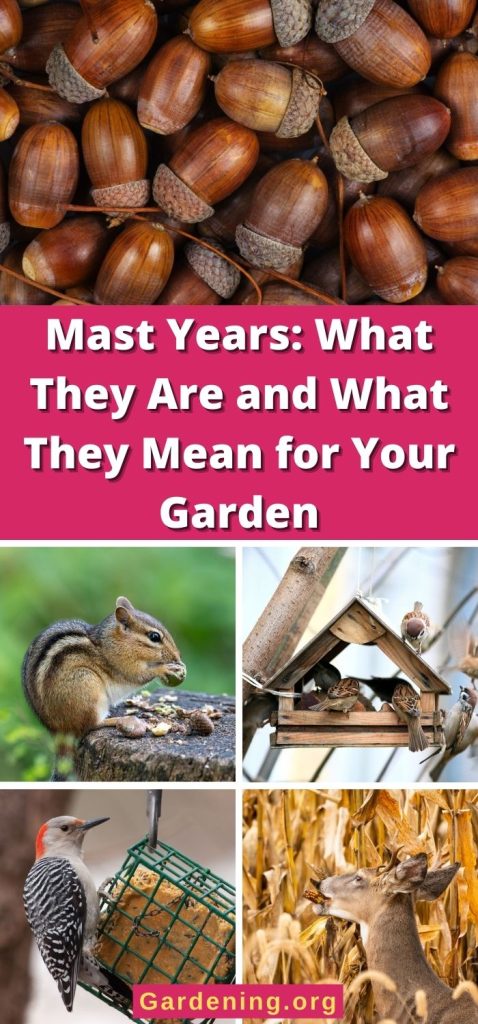
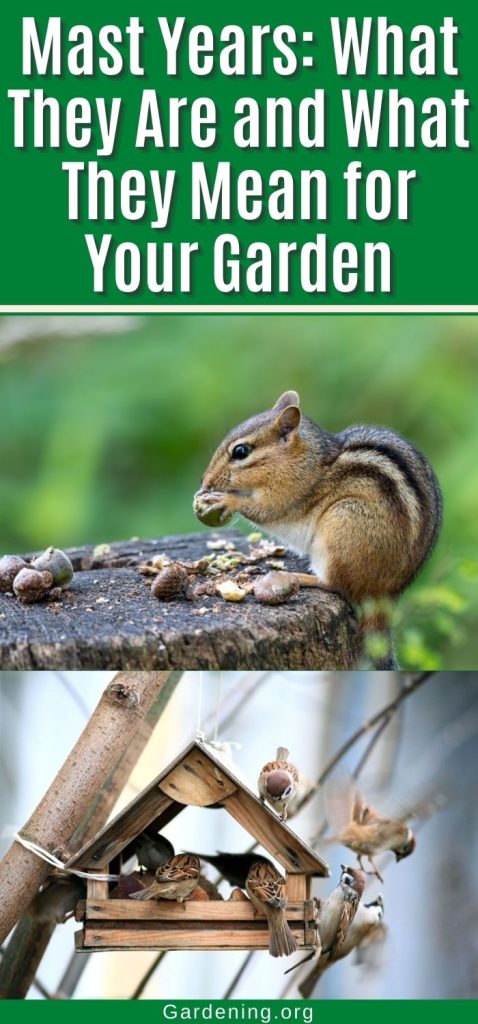
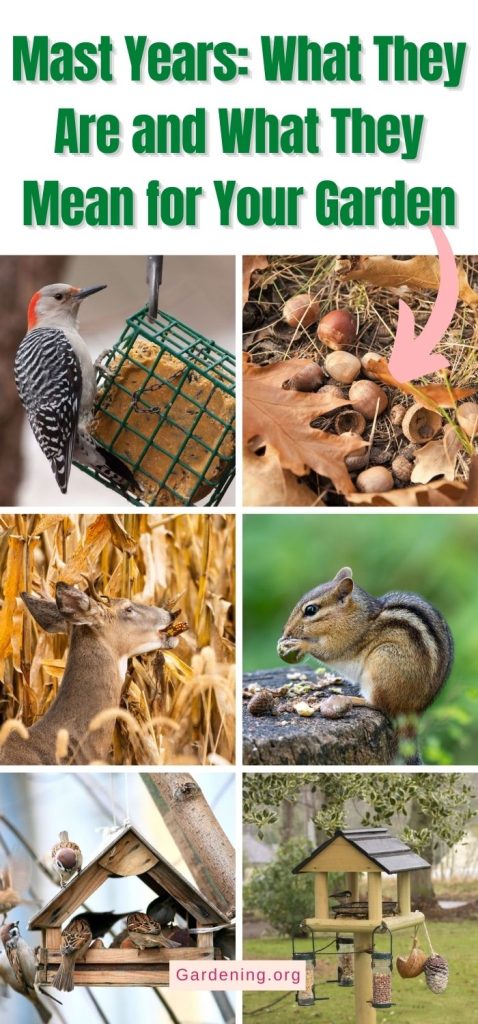
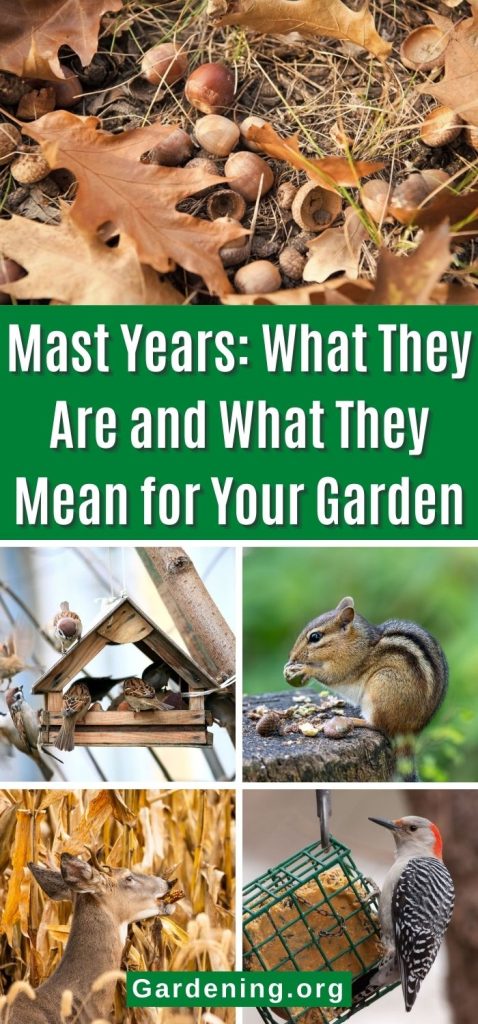




Leave a Reply